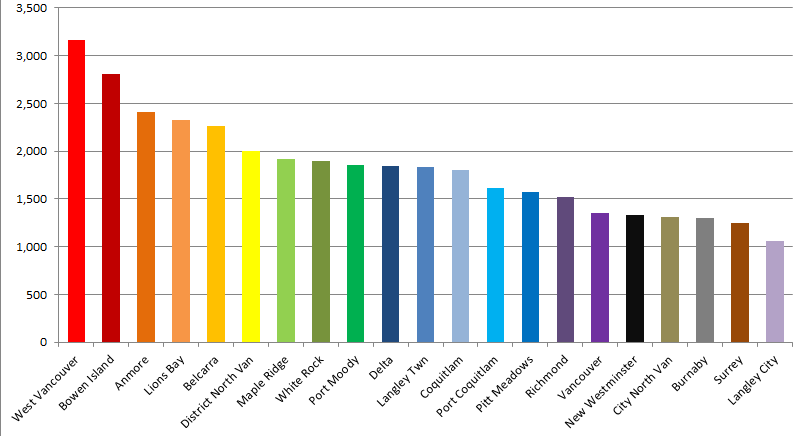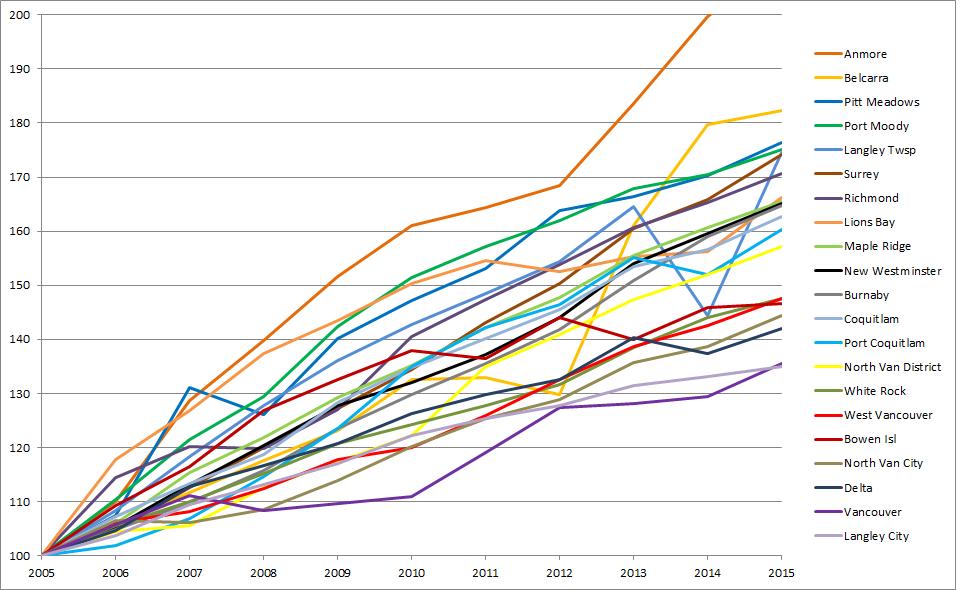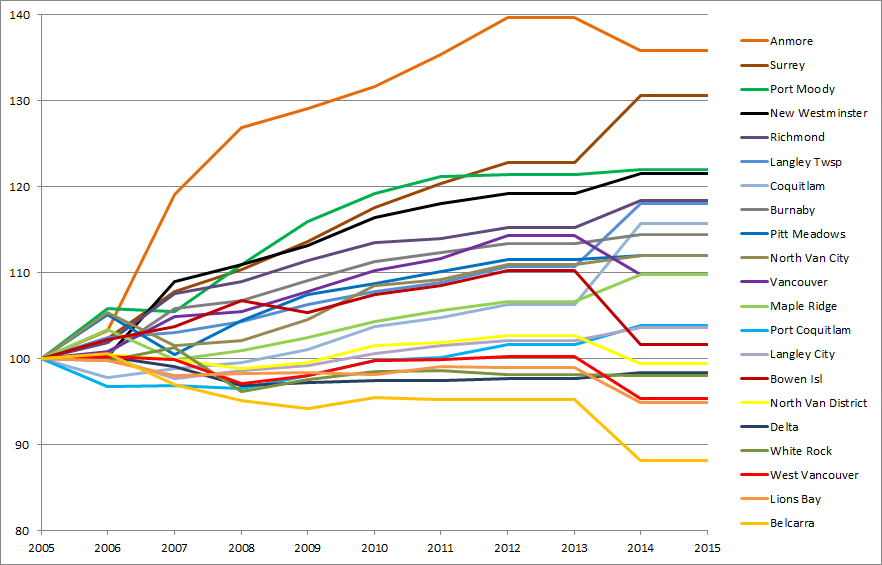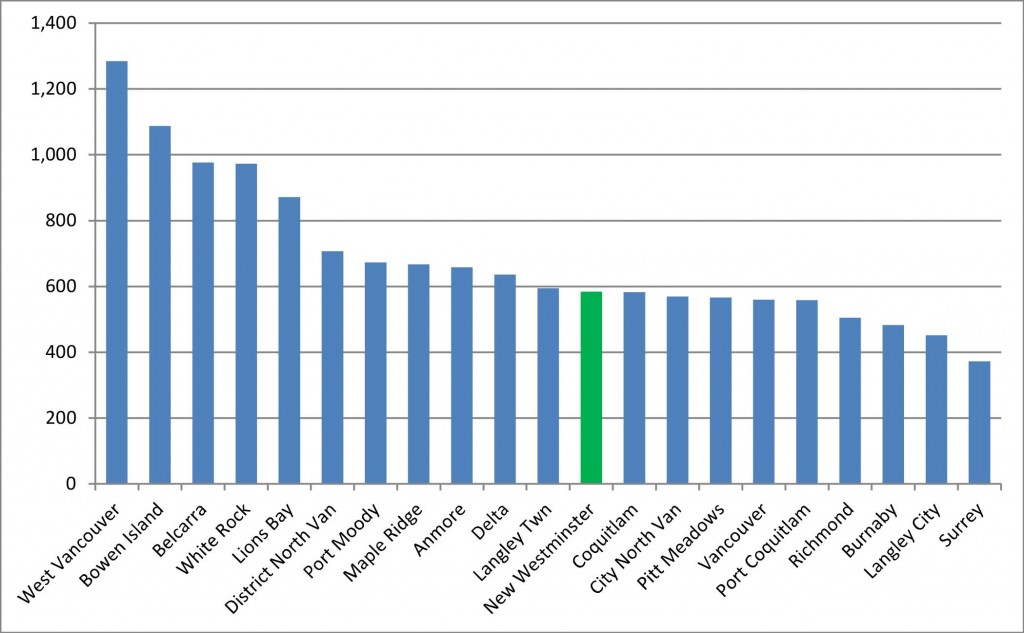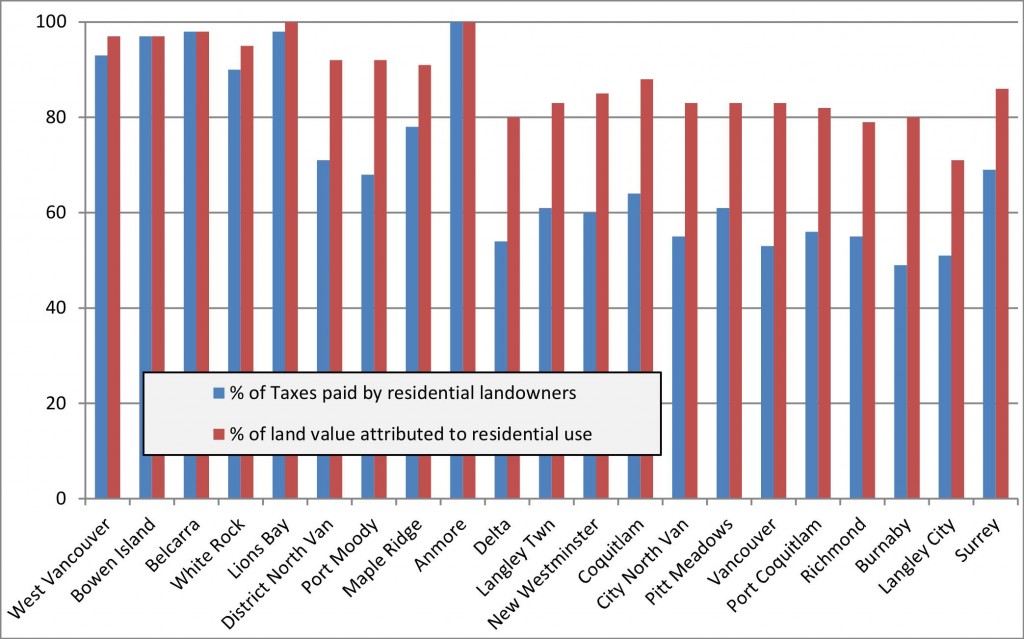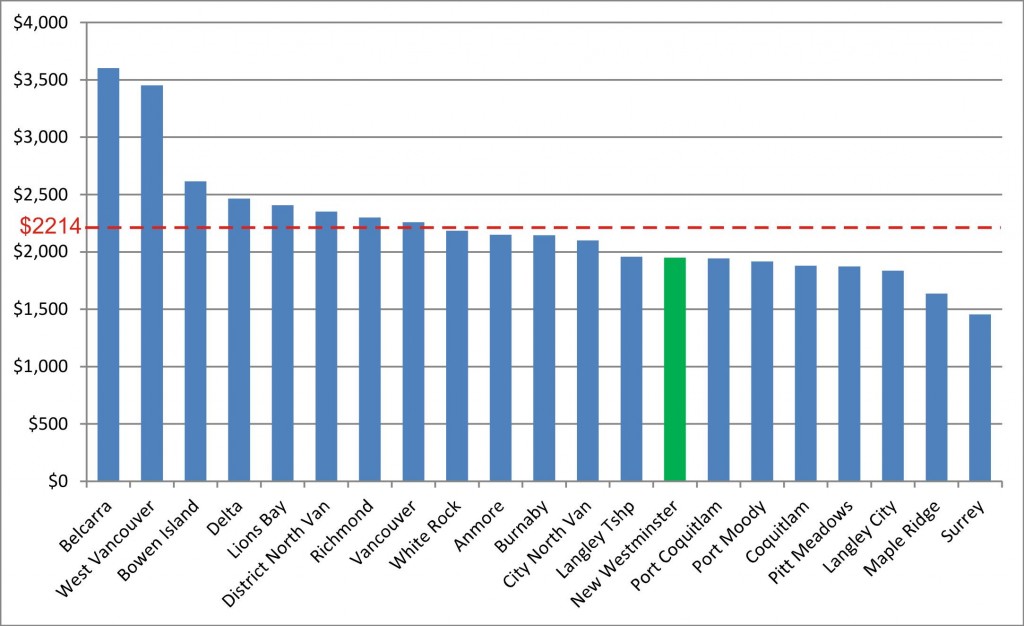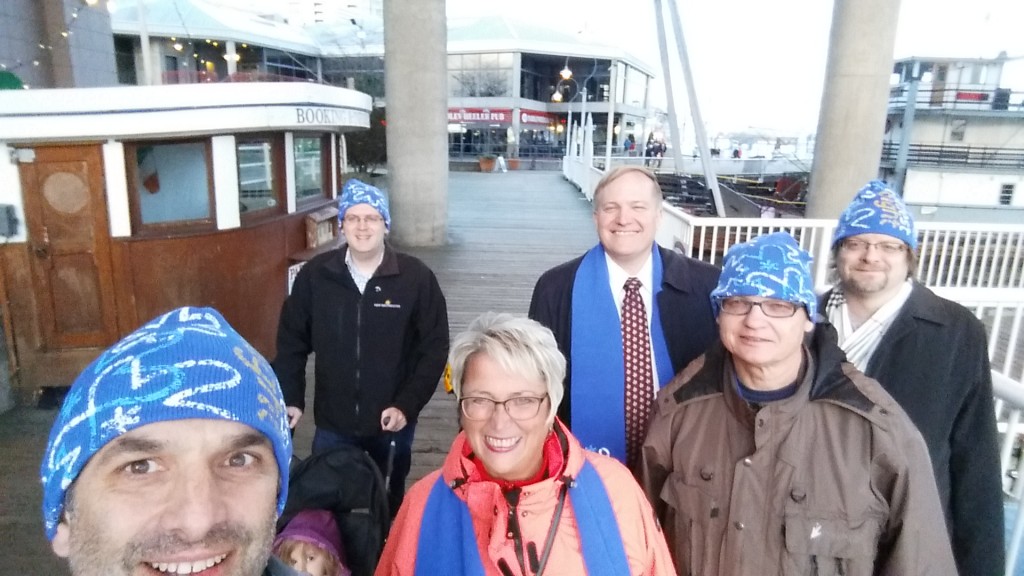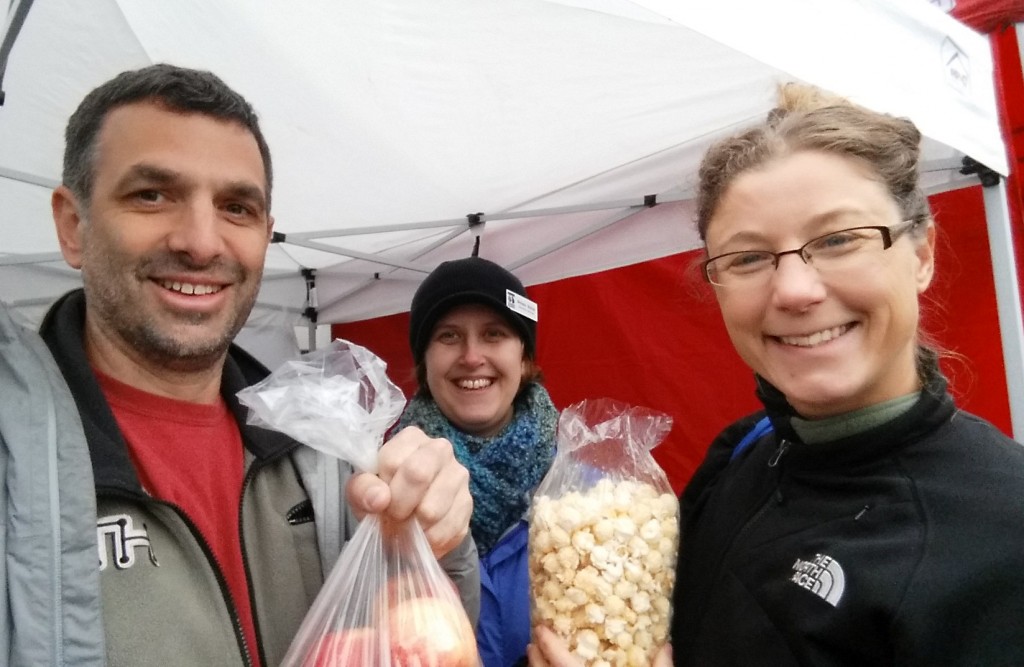As is typical on the last meeting of the month, our Leap Day meeting began with a Public Hearing on three projects, all HRAs with slightly different flavours:
Bylaws 7800 and 7801: Heritage Revitalization Agreement and Heritage Designation for 205 Clinton Place
This is a small house on the edge of Queens Park with significant heritage character/quirks. If it was being built today, we would call it “infill density” or “sensitive infill”, but instead it was built in 1912, so we call it a historic cottage. The owners want to put a full basement in the house to increase the living space beyond what is currently allowed in the zoning, and in exchange they will give the house permanent protection through a Heritage Designation.
The QPRA, the Community Heritage Commission, and the Advisory Planning Commission, all indicated support. We received no correspondence on the application, and the proponent and one neighbour spoke in favour of the project. Council referred the Bylaws and they were given third reading in the subsequent Council Meeting.
Bylaws 7802 and 7803: Heritage Revitalization Agreement and Heritage Designation for 335 Buchanan Avenue
I love this project, because it slightly pushes our idea of what a “Heritage House” looks like in New Westminster (see banner above). This small home in Upper Sapperton was built in 1937 (almost 80 years ago) in the Early Modern style. Similar to the previous project, it is a small house by modern standards, and the owners want to expand the living space in exchange for Heritage Designation.
The Community Heritage Commission and the Advisory Planning Commission indicated support, and there were no concerns brought to Council from the MSRA. We received no correspondence on the application, and only the proponent spoke in favour of the project. Council referred the Bylaws and they were given third reading in the subsequent Council Meeting.
Bylaws 7806 and 7807: Heritage Revitalization Agreement and Heritage Designation for 1407 Sixth Avenue
This project will bring back a pretty run-down heritage home in the West End, in exchange for a subdivision and the building of a relatively modest new home on the infill lot. The protected house doesn’t look like much now, but it is one of the oldest intact houses in the West End, built in 1890. The restoration plan looks to bring it back to its historic character.
The Community Heritage Commission and the Advisory Planning Commission indicated support, as did both the BOTHRA and WERA. We received no correspondence on the application. The proponent spoke in favour, and one resident of Queens Park expressed concerns about the project. Council referred the Bylaws and they were given third reading in the subsequent Council Meeting.
The Regular Meeting started with Council providing third reading of the above Bylaws. We then had an Opportunity to be Heard:
Commercial Vehicle Amendment Bylaw No. 7777, 2016
This addresses how the City manages it’s role under the provincial Motor Vehicle Act to administer chauffeur licenses, and more specifically the duties around suspension of those licenses and the appeal process.
Under the Act, our Chief Constable is responsible for issuing, suspending or cancelling chauffeur permits, and has a lot of discretion on what constitutes grounds for suspension or cancellation. The NWPD manage that discretion through a clear, written policy that outlines requirements to get a permit (age, fitness, etc.) and grounds for suspension (impaired driving convictions, assault, loss of drivers licence, etc.). This creates appropriate transparency and is a guideline for drivers (who may wish to appeal a suspension) and to City Council (who may have to hear and reply to that appeal).
Through a review and update of these policies started in 2014, including a comparison to the ways other Municipalities address this issue, several “housekeeping” changes to the City’s Commercial Vehicle Bylaw were recommended, mostly to assure it complied with the policy as updated. This new Bylaw makes the changes to that old Bylaw.
No-one came to speak to this bylaw during the Opportunity to be Heard, and later in the meeting, we gave the Bylaw third reading.
We then covered a report form staff on the Draft Financial Plan.
A draft version of the 2016-2020 Financial Plan was presented to Council. There is a period for public comment starting soon, and I recommend you have a look at the report and comment upon it. The way things look now (and this is subject to change), we are looking at about a 2.73% tax increase for 2016.
One part of the plan that interests me is the state of our reserves and our debt load. With many significant capital projects on the immediate horizon (animal shelter, Canada Games Pool, Q2Q bridge, etc.) we need to make some decisions about how to manage those costs. One of Council’s strategic goals this term is to put together a comprehensive Asset Management Plan, so that we can properly price and plan for the maintenance and replacement of our major capital assets. Our reserve fund and our potential need to borrow are intrinsically linked to this plan, and it makes no sense to do a serous review of any one without looking at all three together.
Council approved the Draft plan in principle, and staff will spend March seeking public input. Of course I am always interested in receiving comments, and have been doing some blogging on this topic. I have a few more ideas in the queue to help me (and hopefully you) put our annual budget and tax situation into better context, and hope to get those out in the next couple of weeks, including one really cool Ask Pat that arrived recently.
The following items were moved on Consent by Council:
Changes to the 2016 Schedule of Regular Council Meetings
We are continuing to hone the schedule for Council Meetings to better allot our time and Staff time on Mondays. The part you care about is that Regular Meetings will start at 6:00, with Public Delegations starting at 7:00. Adjust your Monday Night schedules accordingly.
Community Heritage Commission Appointment
We have had to appoint a replacement to the CHC, as one of the selected applicants could not serve.
School Board Appointments
Several of our advisory committees have representatives from the School Board, selected by the School Board, and we are happy to have their help. Although our jurisdictions are separate, there are many things in the City (like transportation around school sites and the future of the Massey Theatre) that require Council and the School Board to work together and be on the same page. We are happy to have their support!
QPRA Representative on the Neighbourhood Traffic Advisory Committee
Every Residents’ Association has a representative on the NTAC, and this appointment s just to approve the Rep recommended by the Queens Park Residents Association.
Fraser Health Representatives to the Community and Social Issues Committee
We are lucky to have representatives from Fraser Health helping with this committee. They recommend ‘em, we appoint ‘em.
We then moved through a few BYLAWS
Commercial Vehicle Amendment Bylaw No. 7777, 2016
As discussed above, this Bylaw was given Third Reading.
Amendment to Delegation Bylaw No. 7820, 2016
As discussed on the February 15 Meeting of Council, this Bylaw was formally adopted. It’s now the Law of the Land, please adjust your behaviour accordingly.
Housing Agreement (320 Salter Street) Bylaw No. 7805, 2016
As discussed on the February 15 Meeting of Council, this Bylaw was formally adopted. It’s now the Law of the Land, please adjust your behaviour accordingly.
Then, after receiving a bit of correspondence and a few announcements, we were done for the night! But not before Councillor Harper moved to recommend Staff explore opportunities to honour Dorothy Beach, who recently died after 102 years of living in New Westminster, with more than a few of them actively fighting to protect the natural environment of the Fraser River. I suspect there may be a few opportunities arising soon…




